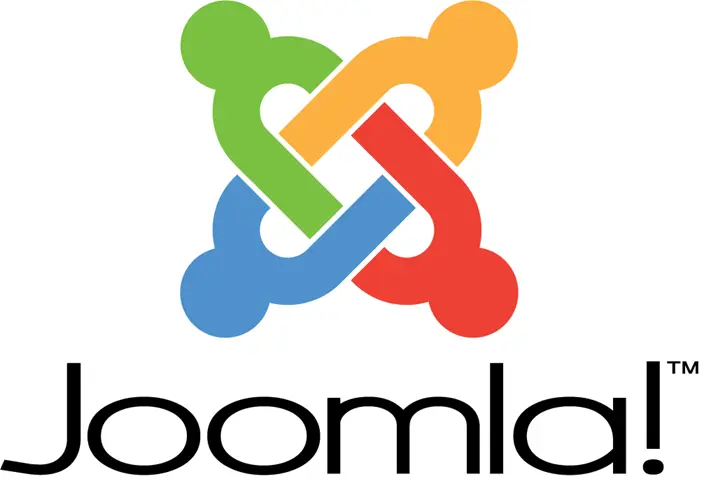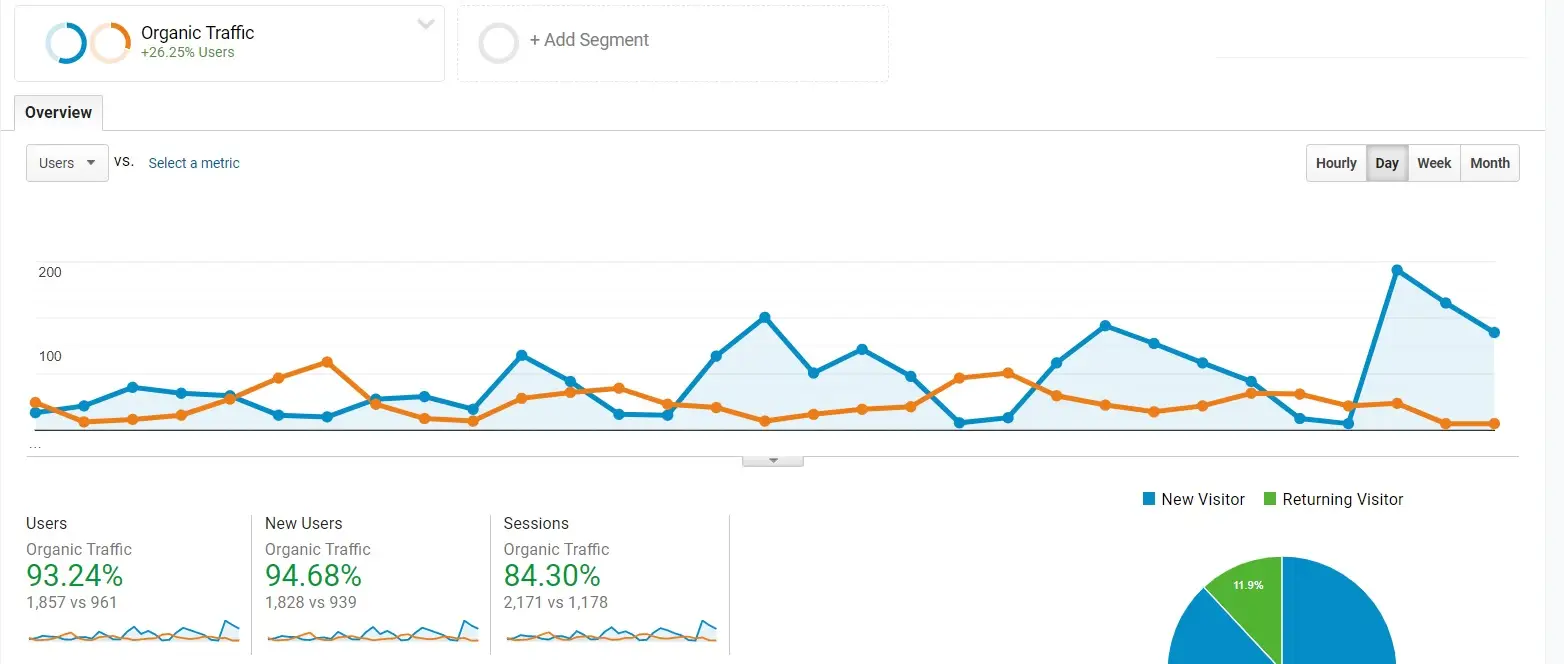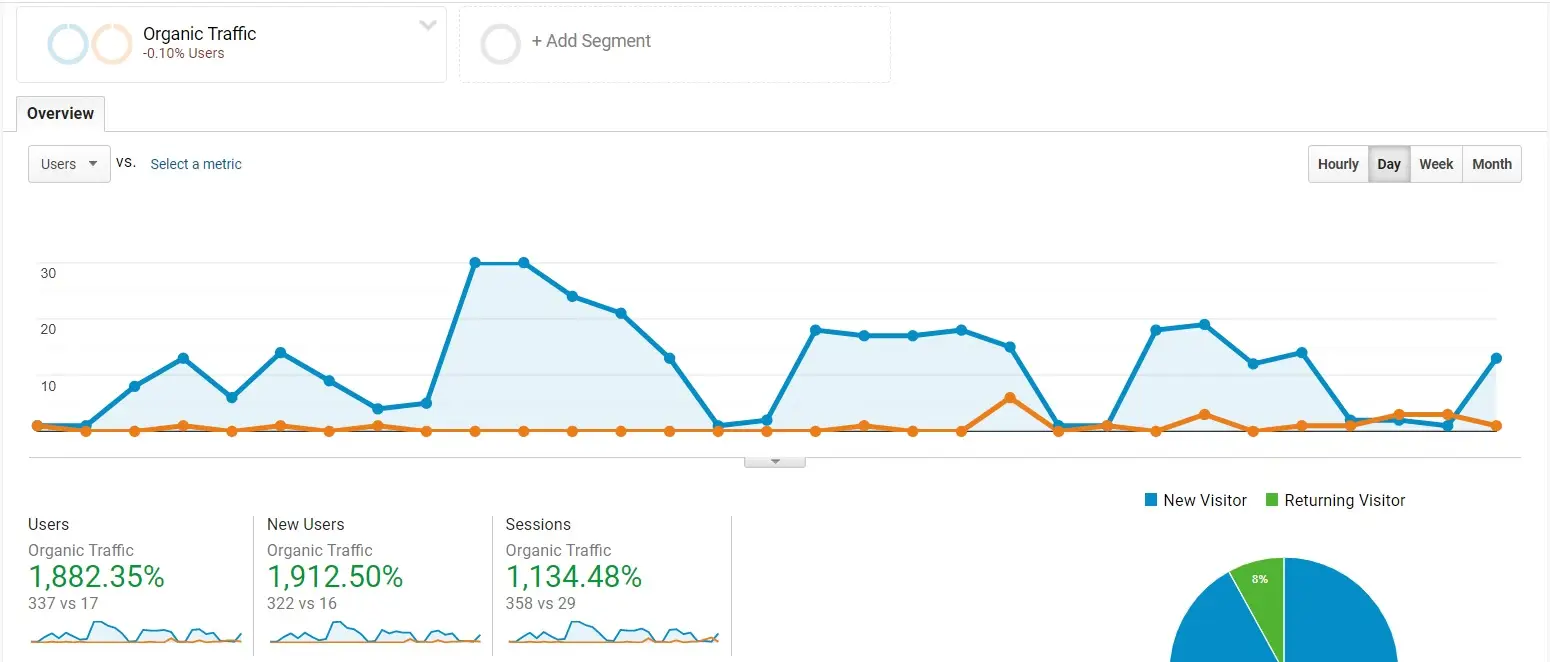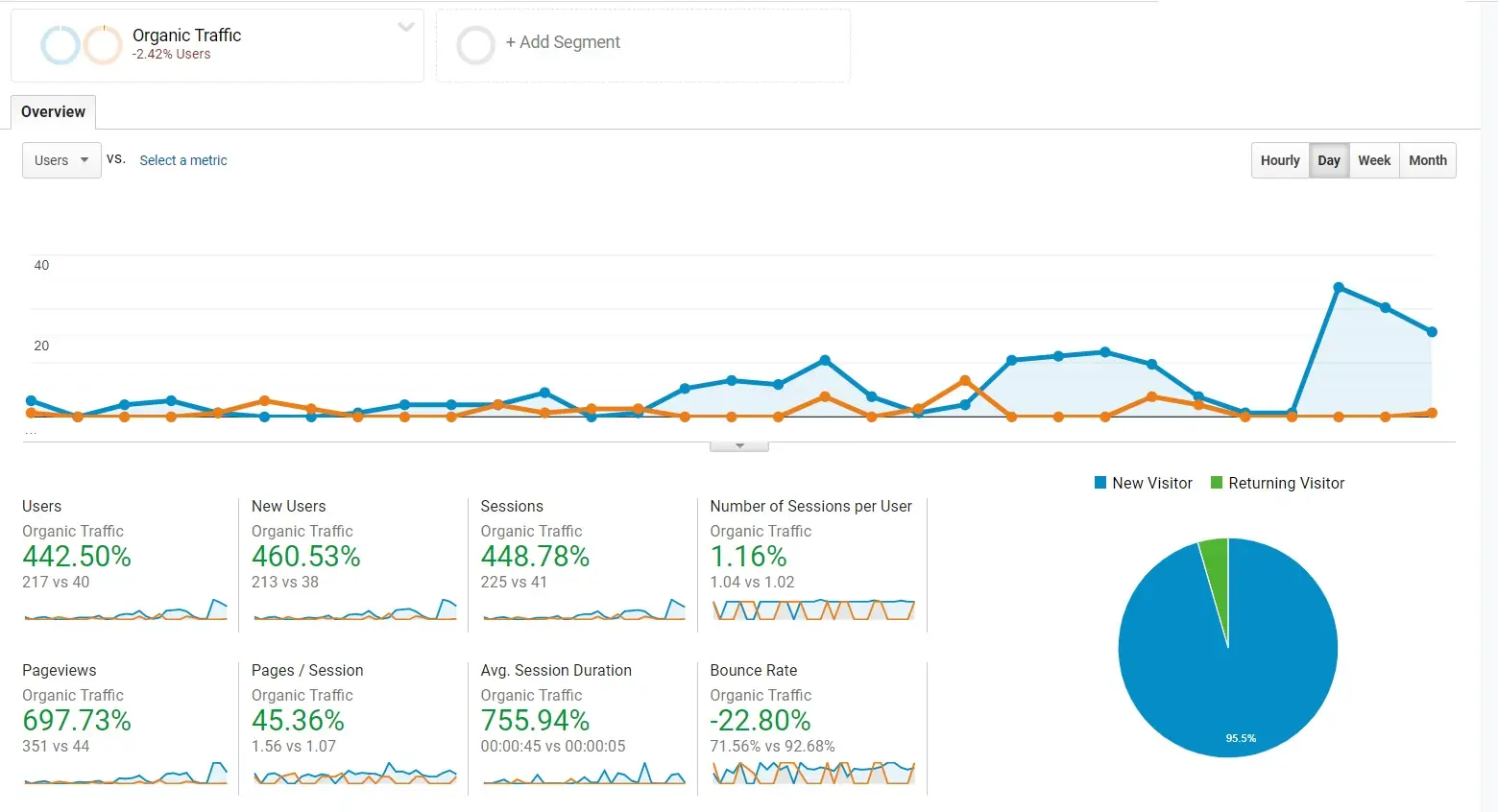Unlocking SEO Potential: Japan to Global Domination
SEO serves as a pivotal catalyst for businesses seeking to broaden their reach, especially within Japan’s dynamic market. Our meticulously crafted SEO strategies, effectively attract local as well as global consumers who are actively seeking for businesses like yours.
SEO Web Up will not only reinforce your brand’s authority but also nurture a meaningful connection with the target community. A well-executed SEO strategy has the potential to transform your website into a formidable instrument for driving targeted traffic, enhancing your credibility, and ultimately fostering sustainable growth.
Embrace the opportunity to unlock your business’s full potential by strategically targeting Japan’s most sought-after locales, where the efficacy of location-based SEO is unmatched.
Industry spotlight: Digital Triumphs and Secrets of Online Success in Japan
1. Automotive Industry
Japan’s automotive industry, a powerhouse on the global stage, is home to iconic brands like Toyota, Honda, and Nissan. To captivate the modern consumer, these companies harness the magic of online marketing through vibrant social media campaigns and influencer partnerships that resonate with younger audiences. Picture this: potential buyers exploring interactive virtual showrooms, customizing their dream cars with just a few clicks! With cutting-edge SEO strategies, these brands ensure they’re always front and center when consumers are ready to hit the road.
2. Electronics and Technology
Renowned for its groundbreaking innovations, Japan’s electronics and technology sector—led by giants like Sony and Panasonic—leverages online marketing in exciting ways. Imagine experiencing products in immersive AR and VR environments that let you explore features before making a purchase. Engaging video tutorials and informative content keep tech enthusiasts in the loop, while tailored email campaigns promote the latest gadgets. It’s all about creating a buzz and building a loyal community of tech lovers ready to embrace the future!
3. Tourism and Hospitality
As Japan’s tourism sector blooms, businesses are turning to online marketing to entice both domestic and international travelers. Imagine scrolling through stunning social media posts that showcase Japan’s breathtaking landscapes and vibrant culture! With SEO strategies that boost visibility and influencer collaborations that foster trust, potential tourists are inspired to book their next adventure. Targeted online ads ensure the right experiences find their way to eager travelers, making every trip unforgettable.
4. E-commerce and Retail
In Japan’s rapidly evolving retail landscape, e-commerce giants like Rakuten and ZOZOTOWN are leading the charge. They engage consumers through personalized email campaigns and eye-catching social media ads that feel tailor-made. By analyzing consumer behavior, retailers craft promotions that resonate, creating a shopping experience that feels personal. And with a seamless omnichannel approach, customers can shop their way—online or in-store—enhancing satisfaction at every turn!
5. Healthcare and Pharmaceuticals
The healthcare and pharmaceutical industries in Japan are embracing online marketing to empower consumers with knowledge and options. Picture informative blogs and engaging webinars that demystify health concerns while building brand authority. Through social media, companies connect with patients and professionals alike, sharing valuable insights and promoting vital services. With the rise of telehealth, marketing campaigns focus on accessibility and convenience, ensuring patients can prioritize their health without hassle.
6. Food and Beverage
Japan’s food and beverage scene is a culinary wonderland, and brands are harnessing online marketing to share their delicious stories. Imagine scrolling through mouthwatering visuals that showcase unique dishes and local ingredients! Social media platforms buzz with content that highlights culinary traditions, while influencer partnerships bring authentic experiences to life. With e-commerce options allowing direct purchases, food lovers can savor Japan’s flavors from anywhere in the world.
7. Fashion and Apparel
Japan’s fashion industry, known for its unique flair and trendsetting styles, captivates audiences through dynamic online marketing. Envision vibrant social media campaigns that unveil seasonal collections and exciting collaborations. Brands encourage fans to share their looks, creating a community built on authenticity and creativity. With targeted ads and influencer partnerships reaching the right demographics, shopping for the latest fashion trends becomes a delightful adventure.
8. Real Estate
In the competitive world of real estate, Japanese companies are transforming the way buyers and renters find their dream properties. Imagine exploring homes through stunning virtual tours and 3D models that bring listings to life! Engaging social media content highlights new developments and charming neighborhoods, while targeted ads reach prospective clients looking to invest. Informative blogs on market trends position these firms as trusted experts, guiding buyers every step of the way.
9. Education and E-Learning
With the rise of e-learning, Japan’s education sector is reimagining how knowledge is shared. Picture engaging content that showcases diverse course offerings and inspiring alumni stories! Social media campaigns target students eager to learn and professionals seeking to upskill, creating a vibrant online community. With informative emails about new programs and collaborations with educational influencers, these institutions are making learning accessible and exciting for everyone.
10. Entertainment and Media
Japan’s entertainment industry—spanning anime, gaming, and film—uses online marketing to create global buzz. Imagine connecting with your favorite shows and games through engaging social media posts filled with sneak peeks and behind-the-scenes content! Influencer marketing amplifies the excitement as creators share their passion for the latest releases. With targeted digital ads ensuring fans never miss a moment, Japan’s entertainment landscape thrives in the online world, uniting fans across borders.
Online Marketing Mavericks: Inspiring Campaigns from Renowned Companies
1. Toyota
Imagine cruising down the road in a sleek Toyota, knowing it’s not just about the ride but the innovation behind it. As a global leader in automotive excellence, Toyota harnesses the power of online marketing to showcase its cutting-edge technology and commitment to sustainability. With dynamic social media campaigns featuring stunning visuals and engaging storytelling, they draw in car enthusiasts and eco-conscious buyers alike. Their website? A virtual showroom where you can explore models, customize features, and even schedule a test drive—all from the comfort of your couch!
2. Sony
Sony is not just about electronics; it’s about creating experiences that resonate with fans. From the latest PlayStation games to high-quality audio equipment, Sony uses online marketing to engage with its audience on a personal level. Think immersive videos on YouTube that take you behind the scenes of product launches and sneak peeks of upcoming games. Their vibrant social media presence fosters a community where fans can share their passion, while targeted email campaigns keep loyal customers in the loop about exclusive deals and new releases.
3. Rakuten
Welcome to the world of Rakuten, Japan’s e-commerce giant that makes shopping feel like a treasure hunt! With a focus on user experience, Rakuten tailors promotions and recommendations based on your shopping habits, making each visit feel personalized. Their loyalty programs are like cherry blossoms—beautiful and rewarding, encouraging users to share deals and experiences across social media. Plus, engaging blog posts and videos highlight the latest trends and must-have products, turning shopping into a delightful adventure.
4. SoftBank
SoftBank is at the forefront of technology and telecommunications, and their online marketing strategies reflect that innovation. They engage customers through lively social media posts that provide updates on new services and products. SoftBank also excels at targeted digital advertising, reaching potential customers right where they spend their time online. With a focus on direct communication, they make sure that questions are answered and feedback is valued, creating a community of loyal customers.
5. Honda
Honda is all about the thrill of driving, and their online marketing captures that excitement perfectly! Their website features interactive tools where you can design your dream car, complete with all the bells and whistles. On social media, Honda shares captivating videos that showcase their latest models in action, fueling the passion of car lovers everywhere. With engaging email campaigns, they keep fans updated on promotions and new releases, making sure you never miss out on the next big thing.
6. Uniqlo
Step into the stylish world of Uniqlo, where fashion meets function! This iconic retailer has mastered the art of online marketing by creating a seamless shopping experience. Social media campaigns showcase the latest collections with stunning visuals and influencer partnerships that resonate with a global audience. Their website offers personalized recommendations and easy navigation, making shopping a breeze. Plus, engaging blog posts and videos provide style inspiration, helping you put together the perfect outfit!
7. Panasonic
Panasonic is synonymous with innovation, and their online marketing strategy reflects their dedication to quality. Their website is a treasure trove of information, featuring detailed product guides, user testimonials, and a focus on sustainability. Panasonic engages consumers on social media by sharing educational content about their latest technologies, from home appliances to renewable energy solutions. With targeted online advertising, they ensure that their groundbreaking products are always front and center.
8. Nikon
Capture the world with Nikon, where every snapshot tells a story! Nikon connects with photography lovers through vibrant social media campaigns showcasing breathtaking images taken with their cameras. They encourage users to share their own photography, creating a community of enthusiasts. Online workshops and webinars provide valuable tips and tricks, while their e-commerce platform offers exclusive deals, making it easy for customers to invest in their passion for photography.
9. Shiseido
Step into the world of beauty with Shiseido, where every product is crafted with care and creativity. Their online marketing strategy shines through engaging visuals and influencer collaborations that highlight the artistry behind their cosmetics. Shiseido’s website features interactive quizzes to help you find the perfect products tailored to your needs. With targeted email campaigns, they keep customers informed about new launches and exclusive promotions, ensuring that beauty lovers are always in the know.
10. Nintendo
Get ready for adventure with Nintendo, a brand that brings joy to gamers of all ages! Their online marketing is all about building excitement around new games and consoles. From captivating trailers to interactive content, Nintendo knows how to keep fans engaged. Social media buzzes with community-driven content, while their website offers a wealth of information about upcoming releases. Special online events and contests keep the fun going, making every interaction feel like a new quest!
The SEO Map of Japan: Key Locations for Marketing Success
1. Tokyo
Welcome to Tokyo, the beating heart of Japan and a dazzling global financial powerhouse! This vibrant metropolis is home to giants like Sony, Toyota, and SoftBank, making it an epicenter of innovation and commerce. Explore the bustling Marunouchi district, where skyscrapers host corporate headquarters, and dive into the lively streets of Shibuya and Shinjuku, teeming with startups and creative industries. With its efficient transportation system, Tokyo seamlessly connects you to endless opportunities—both for business and leisure.
2. Osaka
Osaka, the culinary capital of Japan, is not just about delicious street food; it’s also a major industrial player! With prominent companies like Panasonic, Sharp, and Kansai Electric Power, Osaka thrives on a strong manufacturing and commerce base. Stroll through the vibrant Namba and Umeda districts, where modern office buildings stand alongside bustling shopping complexes. Here, the friendly atmosphere and rich cultural experiences make it a fantastic place to work and play.
3. Nagoya
Nestled in the heart of Japan, Nagoya is a powerhouse for the automotive industry, famously home to Toyota. Other significant players like Mitsubishi Motors and Denso also call this city home. With its impressive manufacturing capabilities and cutting-edge engineering, Nagoya offers a blend of tradition and modernity. Explore the city’s rich cultural sites and enjoy the convenience of its excellent transportation links, including the Shinkansen (bullet train), making travel a breeze.
4. Fukuoka
Fukuoka is rapidly emerging as Japan’s startup capital, buzzing with entrepreneurial spirit and innovation. Companies like Gree and LINE have set up shop here, attracted by the city’s relaxed lifestyle and supportive environment for new businesses. Fukuoka’s strategic location near other Asian markets enhances its appeal for international ventures. Dive into the vibrant districts of Tenjin and Hakata, where business and culture intertwine, creating a lively atmosphere perfect for networking.
5. Yokohama
Just a stone’s throw from Tokyo, Yokohama is a picturesque city that serves as a vital hub for international trade. Home to Nissan and Yokohama Rubber, this city boasts a robust economy rooted in shipping and finance. The stunning Minato Mirai waterfront area is a blend of modern skyscrapers, shopping, and cultural attractions. With its easy access to Tokyo, Yokohama offers the best of both worlds—a bustling business scene with a more laid-back vibe.
6. Sapporo
In the enchanting northern island of Hokkaido lies Sapporo, known for its high quality of life and burgeoning business landscape. Companies like Sapporo Brewery thrive in this region, contributing to its diverse economy that spans agriculture and tourism. Sapporo is famous for its annual snow festival, attracting visitors and businesses alike. Experience a unique blend of nature and industry, where a relaxed pace of life allows for both creativity and productivity.
7. Kobe
Kobe, with its stunning harbor, is a city rich in international history and trade. Notable companies like Kobe Steel and Marubeni Corporation have established their presence here, reflecting the city’s robust economy. The Port of Kobe is among Japan’s busiest, making it a key player in logistics and biotechnology. With its unique cultural influences and commitment to innovation, Kobe offers an inspiring environment for businesses looking to thrive.
8. Kyoto
Kyoto, known for its breathtaking temples and rich cultural heritage, is also making waves in the business world. With companies like Kyoto Animation and a host of innovative tech startups, this city combines tradition with cutting-edge creativity. The presence of esteemed universities fosters collaboration and research, making Kyoto a hub for green technology and information technology. Embrace the serene atmosphere while being part of an exciting entrepreneurial scene.
9. Sendai
Sendai, the largest city in the Tohoku region, is on the rise with a diverse economy that includes manufacturing, technology, and agriculture. Companies such as Sendai Mediatheque and Tohoku Electric Power contribute to its growth. Known for its beautiful natural landscapes and vibrant culture, Sendai is actively revitalizing its business environment, especially in the wake of recovery efforts after the 2011 earthquake. This city offers a unique blend of resilience and opportunity.
10. Chiba
Chiba is often the unsung hero of Japan’s business landscape, located conveniently near Tokyo. With major companies like Aeon and Mitsui & Co., it plays a pivotal role in manufacturing and retail. The city’s advanced transportation infrastructure, including Narita International Airport, makes it a logistics powerhouse. Explore the Makuhari New City area, where modern offices and amenities create a vibrant atmosphere for business and collaboration.



